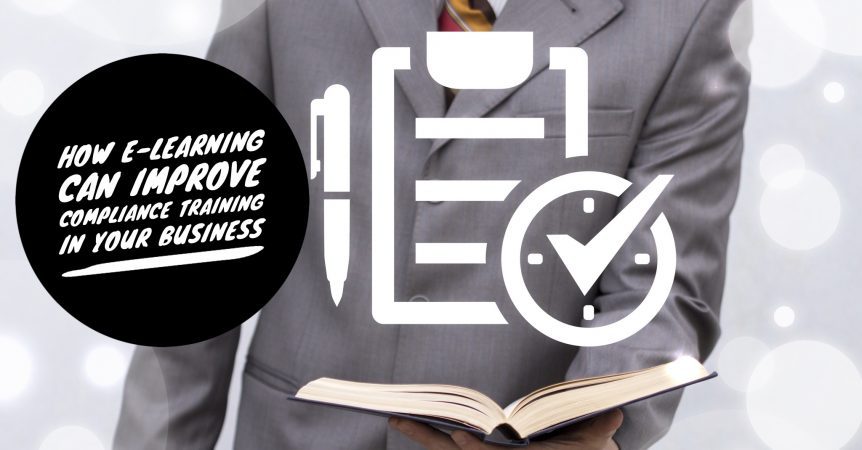How E-Learning Can Improve Compliance Training in Your Business
Compliance is increasingly important for businesses in many industries. This includes compliance with Government regulations as well as compliance with industry standards or even standards set at a corporate level within the business.
For example, a business in Dubai must comply with the Government’s health and safety regulations, but that business could also go further than the regulations require, setting its own, higher standards for health and safety.
The reality is compliance is not something businesses can do without the assistance of most, if not all, employees. This is a major responsibility for employees, but it is important to get the process right.
The Cost of Non-Compliance
Compliance failures can lead to fines and other sanctions from regulators, as well as a loss of reputation. Compliance failures can also mean businesses miss important corporate objectives and targets.
There are other costs of non-compliance too. Take the above business in Dubai as an example. A compliance failure in relation to health and safety in that business can lead to an injury or worse for an employee or member of the public.
Additionally, non-compliance can also impact things like company performance, employee satisfaction, industry standing, and much more.
Major Challenges of Compliance Training
Your business needs comprehensive and effective compliance training to avoid the above problems and to meet the standards and objectives you set.
E-learning is the best method of delivery as it addresses the major challenges facing compliance training. Those major challenges are:
- Training is generic – in other words, employees across all levels and roles within the organisation receive the same training.
- Employees don’t get why it’s important to them – employees often feel compliance training is a chore and an unnecessary distraction. Often, this is because they don’t understand how it applies or is important to them. One of the major reasons for this is because the training has no direct relevance to their day-to-day work.
- Employees just go through the motions – the above two points usually lead to employees going through the motions. This includes turning up (often begrudgingly) to compliance training, engaging as little as possible, and then ticking whatever box is necessary to get out of the room and back to their “real” work.
- Retention rates are low – given the above, it is not surprising that employees fail to recall much of what they learn in compliance training.
- Can take up a lot of time, particular face-to-face training – this impacts business performance, but it also impacts employees, particularly if they already deal with time pressures.
- Is costly to deliver face-to-face training – this applies whether you bring employees to a central location or send trainers to meet the employees. Travel, time spent out of the business, overnight accommodation, trainer expenses, etc, all add up.
- Training standards can differ across the company – an approach some companies take to control costs is to give compliance training to managers or supervisors and then rely on those managers and supervisors to deliver the training to members of their team. This leads to varying standards of compliance training quality.
How E-Learning is Different
Makes compliance training a habit
With e-learning, you can make compliance training more of a natural and integral part of your employee’s working life.
For example, you can create a library of short courses on various compliance topics that employees progress through on a continuous basis without having to leave their normal place of work. The library of courses also becomes a resource for employees that they can access on-demand. This approach is much more effective than interrupting the work of employees to bring them to a central location for a day or half-day of compliance training.
Makes compliance training relevant
It is also much easier to tailor compliance training when you use e-learning. This is because you can build e-learning courses on a modular basis. Therefore, tailoring a course by region, job role, or any other reason involves simply altering the relevant modules and leaving the rest.
This makes compliance training more relevant to each employee, helping them understand where they fit in and ensuring they engage with the content.
Maintains consistent training standards while saving money
In addition, e-learning based compliance training ensures standards of training are identical across the company, plus it is much cheaper and less resource-intensive to deliver than face-to-face training in classroom-type environments.
Raises real standards across the company
There are monitoring benefits to using e-learning for compliance training too. For example, you can include a survey or quiz in the e-learning course that will give you feedback on each learner’s knowledge of the topic. You can then use this information to enhance and improve the course as well as to create individual learning pathways.
It is possible to do much of the latter automatically, i.e. learners can get automatic notifications on the training they should do next based on the results of a quiz they complete.
You may still need to include other training tools and methods to address all compliance issues in your company, but e-learning can play an important and integral role.
